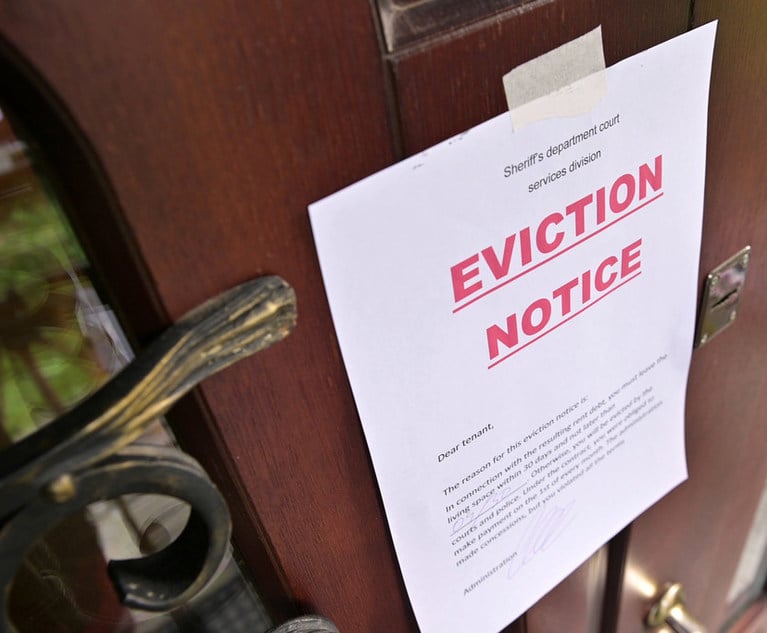 Over the past five years, businesses with an online presence have been pummeled with lawsuits accusing them of having websites that are supposedly inaccessible to the blind and hearing impaired in violation of the Americans With Disabilities Act (ADA). The number of such cases has gradually climbed to a rate of 10 per day, with over 4,000 cases filed in 2021 (quadrupling the number of such cases filed in 2017). The increase is the consequence of a particular void in the law—the absence of any codified achievable standards explaining what’s required to have a certifiably “accessible” website. Serial plaintiffs’ lawyers have enjoyed an unfair advantage, allowing them to relentlessly pursue “sue and settle” nuisance lawsuits which disproportionately affect small and mid-market companies with low operating margins.
Over the past five years, businesses with an online presence have been pummeled with lawsuits accusing them of having websites that are supposedly inaccessible to the blind and hearing impaired in violation of the Americans With Disabilities Act (ADA). The number of such cases has gradually climbed to a rate of 10 per day, with over 4,000 cases filed in 2021 (quadrupling the number of such cases filed in 2017). The increase is the consequence of a particular void in the law—the absence of any codified achievable standards explaining what’s required to have a certifiably “accessible” website. Serial plaintiffs’ lawyers have enjoyed an unfair advantage, allowing them to relentlessly pursue “sue and settle” nuisance lawsuits which disproportionately affect small and mid-market companies with low operating margins.
Targeted businesses, which have aggregately paid out millions of dollars in extortive settlement payments, were eagerly waiting for the U.S. Department of Justice (DOJ)—as the agency charged with issuing regulations to carry out the force and effect of ADA—to use its regulatory authority to provide clarity as to what series of steps can be taken to certify a website’s accessibility. To their chagrin, on March 18, 2022, the DOJ effectively abstained and, instead of regulating, issued a nonbinding sub-regulatory statement called Web Accessibility Guidance Under the Americans With Disabilities Act, which purports to describe how businesses can ensure that their websites are accessible. Unfortunately, it does no such thing. The DOJ’s ineffective course makes it all the more important for Congress to step in to curb predatory website accessibility lawsuits.






